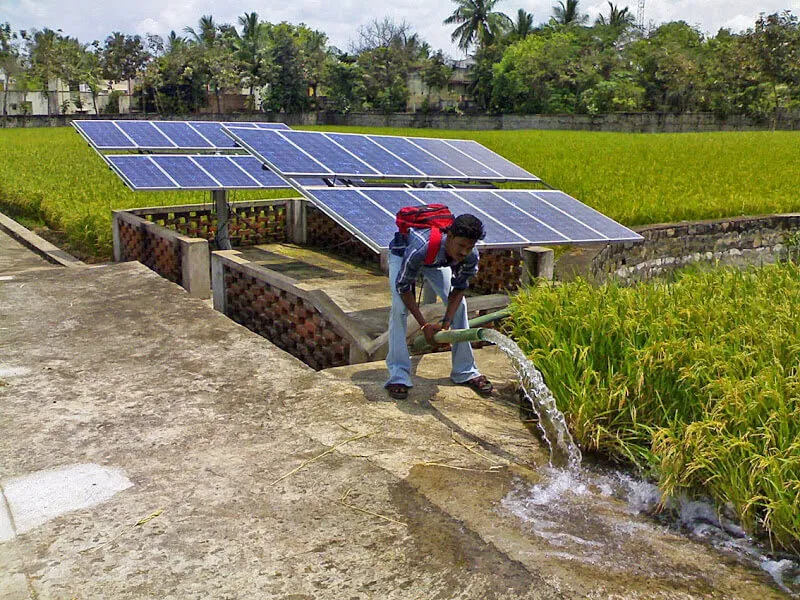
Introduction
Solar energy initiatives have become increasingly important in rural communities as a means of ensuring access to clean and sustainable energy sources. This article explores the historical background, benefits, challenges, case studies, current trends, controversies, future outlook, and significance of solar energy initiatives in rural areas.
Historical Background
The development of solar energy initiatives can be traced back to the early days of solar power research. Advancements in technology and a growing understanding of the potential benefits have led to increased adoption in various sectors. Rural communities, often facing challenges in accessing reliable energy sources, have particularly benefited from solar energy initiatives.
Key Concepts and Definitions
Solar energy refers to the radiant light and heat from the sun that is harnessed through photovoltaic (PV) panels or solar thermal collectors. Rural communities are typically characterized by their geographical location, lower population densities, and limited access to infrastructure and basic services. Solar energy initiatives entail projects and programs aimed at bringing solar energy solutions to these rural areas.
Main Discussion Points
Benefits of solar energy initiatives in rural communities:
Reduction of energy costs: Solar power significantly reduces energy costs for rural households and businesses, freeing up resources for other essential needs.
Environmental benefits and sustainability: Solar energy is a clean and renewable source, reducing reliance on fossil fuels and minimizing carbon emissions, thereby contributing to environmental sustainability.
Improved energy access and reliability: Solar power provides a reliable energy source, especially in remote areas with limited or no access to the grid.
Challenges and considerations for implementing solar energy initiatives in rural communities:
Lack of infrastructure and resources: Rural areas often lack necessary infrastructure, such as transmission lines and storage facilities, making it challenging to implement solar energy projects.
Limited technical expertise and knowledge: The lack of skilled technicians and awareness about solar energy systems can hinder the successful implementation and maintenance of solar initiatives.
Financial constraints: The upfront costs of installing solar panels and equipment can pose financial barriers for rural communities with limited resources.
Case Studies or Examples
Successful solar energy initiative in a rural community: The project involved the installation of solar panels on rooftops and the establishment of a community microgrid. The outcomes included reduced energy costs, increased access to electricity, and improved quality of life for the community members.
Challenges faced by a rural community in implementing solar energy initiatives: The community encountered difficulties in securing funding, accessing technical expertise, and adapting solar energy solutions to their specific needs. Lessons learned from this experience emphasized the importance of community engagement, capacity-building, and tailored solutions for successful implementation.
Current Trends or Developments
Recent research findings highlight the positive impacts of solar energy initiatives on rural communities, including economic development, job creation, and enhanced energy resilience. Current policies and funding opportunities support the growth of rural solar energy projects, aiming to address energy poverty and achieve sustainable development goals.
Challenges or Controversies
Controversies surrounding the use of solar energy in rural communities include concerns about the initial cost of installation, intermittency of supply, and potential land-use conflicts. Differing viewpoints exist on the effectiveness and feasibility of solar energy initiatives, with some arguing for a more comprehensive energy mix and others advocating for a greater reliance on solar power.
Future Outlook
The future of solar energy initiatives in rural communities is promising, with advancements in technology, increased scalability, and decreasing costs. Potential advancements and innovations, such as solar-powered microgrids and energy storage solutions, are expected to further enhance the effectiveness and accessibility of solar energy in rural areas.
Conclusion
In summary, solar energy initiatives have emerged as a vital solution for rural communities, offering numerous benefits such as reduced costs, environmental sustainability, and improved energy access. Overcoming challenges through community engagement, technological advancements, and supportive policies will be crucial in harnessing the full potential of solar energy in rural areas.